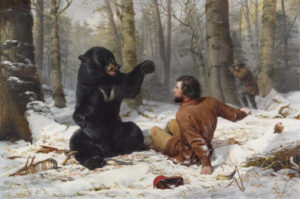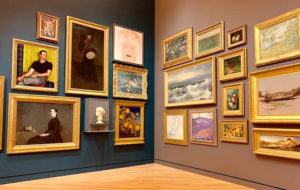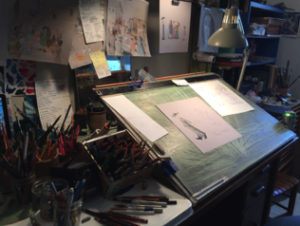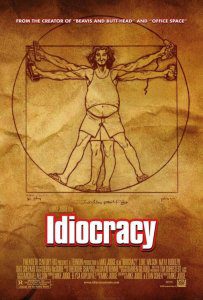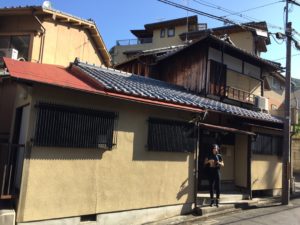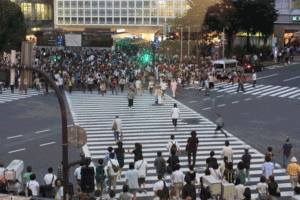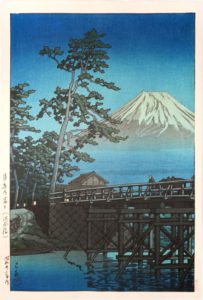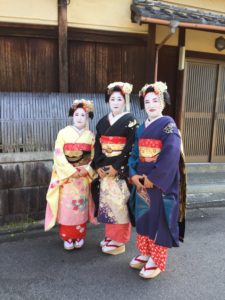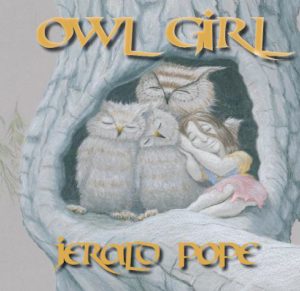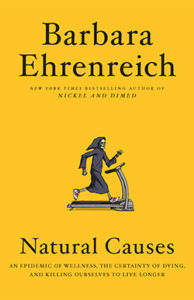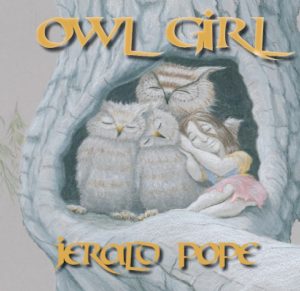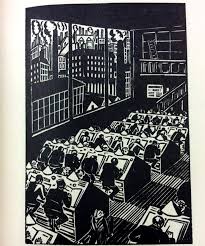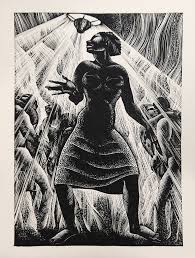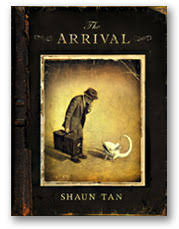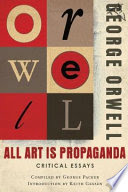“Where do you get your ideas from?” This is a question every creative person hears at one time or another. Of course, if you are a writer, your immediate reply is; “Grammar, please. Don’t you mean, ‘from where do you get your ideas?’” If your interrogator is still with you, you might answer, “everywhere,” “thin air,” “the gods,” or “my itchy brain.”
All these answers are the same.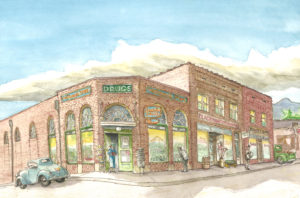
My one novel in print, “The Elvis Tooth,” came about in this way:
I was working in a 1920’s era hardware store in downtown Black Mountain, North Carolina. Upstairs were the stockrooms, but this area had obviously had a previous life, one that was, as they say, “cloaked in mystery.” There were small rooms with inter-connecting doors; there were two bathrooms – with bathtubs. Most mysterious of all, there was a large room that had obviously been a dance hall. The sides were raised enough to hold a row of two-tops, a tiny bandstand sat at the far end, small windowless rooms were at the near end, and you entered through a door with a peephole in it at the back of a closet!
The current owners thought the room had been a social club of some sort, like the Elks or Woodmen of the World. Maybe. But why hide it in a closet? The building was built during prohibition. Black Mountain has always been a tourist town, catering particularly to summer folk. The railway station, where 5 or more trains a day disgorged happy vacationers, is only 2 blocks away. Could this have been a speakeasy, serving liquor, dancing, and who-knows-what-else in this straitlaced little bible town? You see where my mind was going.
As I carried stock up and down the staircase, I imagined travelling salesmen, furtive Christian couples, and small-town hookers treading the same stairs. I imagined certain city fathers patronizing the illicit establishment. And I began imagining two characters in particular; a bar-girl named Dixie and a travelling private eye who would have snappy conversations as they climbed the stairs. In that storyline, he is shot at the bottom of the stairs. Why? I began to look forward to stocking.
Around the corner, on Cherry Street (the commercial center of town), is Pellom’s Time Shop, one of the
oldest stores in town. John Pellom, owner and chronologist, had a very cavalier attitude toward time. The store was a mess, clocks and watches piled everywhere. I talked to people who said their middle-aged mother had dropped a clock off to be repaired and died of old age before retrieving it. Since clock repair obviously wasn’t Pellom’s forté, what did go on in Pellom’s Time Shop?
The third burr under my creative saddle was Elvis. The King had had a tooth pulled in Black Mountain in 1977, during a three day gig in Asheville. This was the trip in which He shot both a television and his personal physician in a motel on Tunnel Road. Fun times. He chose Black Mountain because it was remote and less likely to draw a crowd (it drew a small one). Rumors of What Happened to the Tooth were rampant, but by then, His people were certainly aware of the value of Elvisania and took it with them. 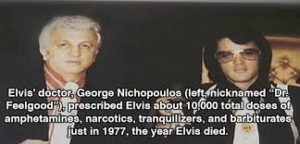
With these three fragments constantly tickling my mind, the story grew, connected, roiled, until I finally gave in and wrote a book – just to relieve the itch. Purging, I think it’s called. I added several scenes I had gathered through oral history interviews and, Presto! (meaning in this case, about a year)– the world of Elvis’s Tooth came to be.
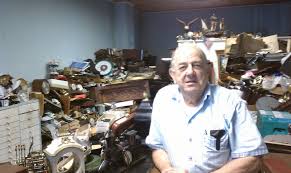


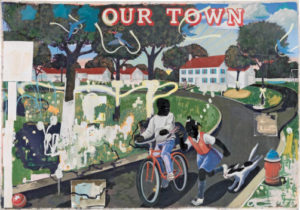 “Our Town” Kerry James Marshall
“Our Town” Kerry James Marshall